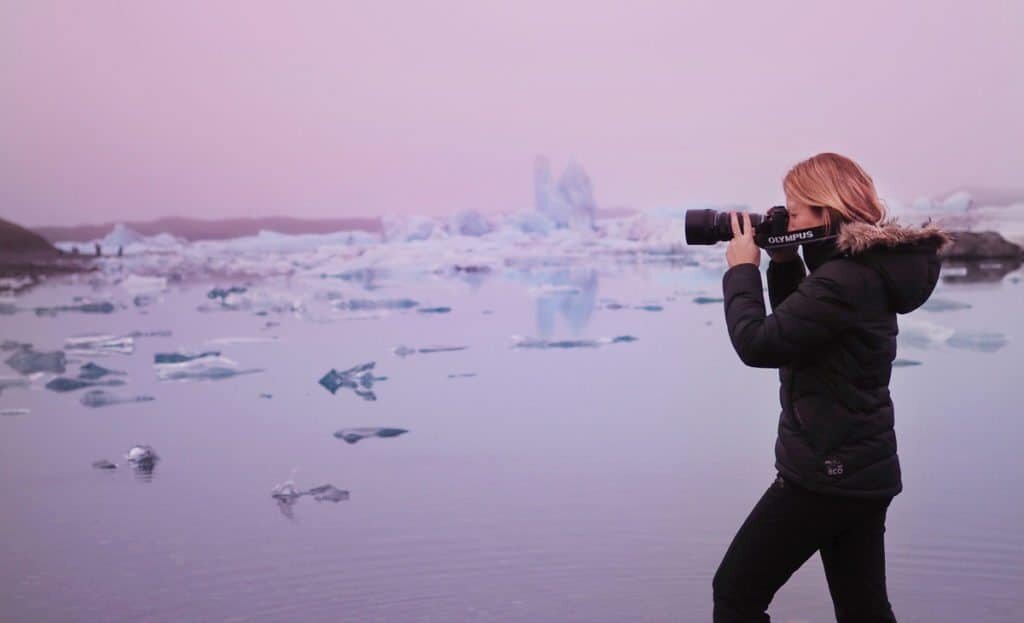
Photography for me has never been about gear. I’m more about landscapes than lenses and have always focused on creative perspectives over fan dangle gadgets.
For the past six years I’ve had the same camera, which to a lot of people always comes as a shock. I didn’t upgrade, I didn’t buy new lenses and I was completely content with using my DSLR with the rubber peeling off.
That was until I heard whispers about a lightweight, weatherproof camera with in-built stabilisation that allows you to take long exposures without a tripod, it certainly woke my inner gear geek!
With an upcoming workshop in Iceland I jumped at the opportunity to change things up in February. To take a chance on a completely new Olympus kit and test it out on the glaciers, waterfalls and winter wonders of such a photogenic destination.
Because I hadn’t used another camera for six years I was a little worried it would feel like I was starting all over again. Would I know what buttons to press, would colour tones turn out the same, as a professional photographer can I even ask a question like where do I change the ISO?
Arriving in Iceland all my worries disappeared and I quickly realised that while my gear had changed, looking through the lens was still the same. The Olympus OM-D E-M1 Mark II felt like it had been in my hands for years and adjusting the ISO, aperture and exposure was all within easy reach just like on my old camera…phew!
Switching camera brands was always going to be a learning process and I found it has actually helped me to focus on the little things again, something I had completely glazed over in my six years of clicking the same buttons. It took a few days to discover the possibilities of the Olympus menu system, with so many options available, I’m still finding features I never knew existed even weeks later.
Features like a crazy good in-built image stabilisation are already changing the way I shoot (in a good way!) while playing around with focal points, sequential shooting and different focal lengths are encouraging me to see new perspectives.
The OM-D E-M1 Mark II is said to be weatherproof and freezeproof to -10degrees, I knew Iceland would put this to the test. During the trip we experienced the largest snow fall since 1937, and even after venturing outside in a blizzard to photograph a frozen waterfall, I can confirm the camera never faltered. Not once. It was pelted with snow and ice that just bounced off like it was wearing a repellent vest, my fingers and face on the other hand were frozen!
One of the main benefits of the new camera for me is the weight. After shooting 450+ weddings in five years, my back rarely held up after a day of photography, even just wandering around town with my camera resulted in pain tablets and hot water bottles at night because of the weight I was carrying.
The OM-D E-M1 Mark II though is so light that after a week in Iceland I didn’t have one back ache. That might sound totally normal but for me this is a massive positive, I never even felt a tinge of pain the entire week which means I’ve definitely made the right decision in changing my equipment.
Over the coming months I’ll be sharing the features of my fancy new camera alongside images from places like Norway’s Lofoten Islands, France, Scotland and then I’ll be venturing underwater to continue my project ‘The World from The Water’.
You can read about ‘What’s in my Bag’ for all the gear details and lens information.
For now…here is a little peek at some of the results from my first week using the Olympus OM-D E-M1 Mark II in Iceland. You’ll find settings and location info listed in the caption of each image! Also all shots below were taken hand held…no tripods in sight 🙂

Location: Reynisfjara, South Coast Settings: ISO 64, F/22, 1/30sec exposure, 120mm focal length Lens: M.Zuiko Digital ED 40-150mm f/2.8 PRO Lens
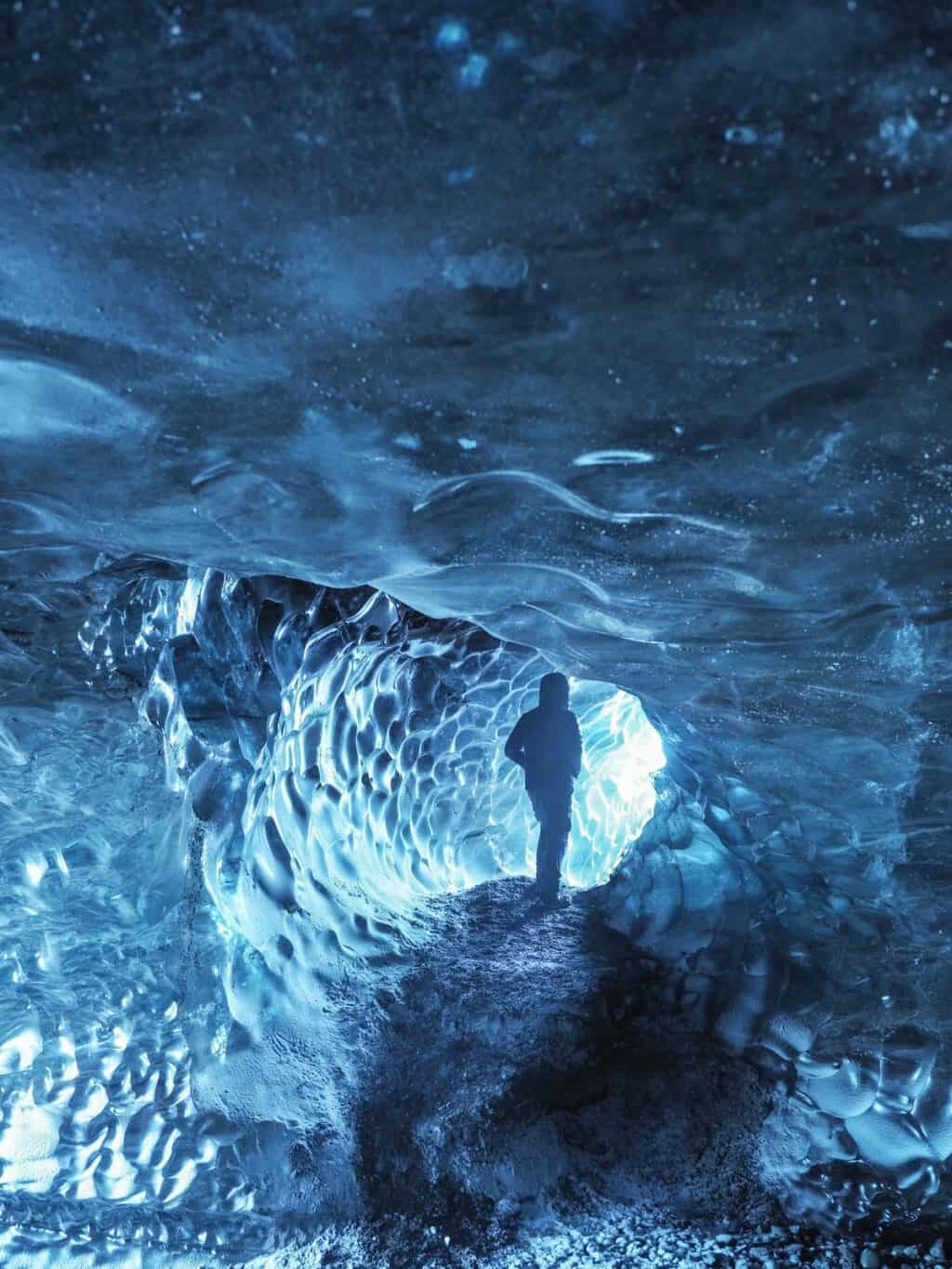
Location: Vatnajokull Glacier Settings: ISO 250, F/2.8, 1/3sec exposure, 12mm focal length Lens: Olympus M.Zuiko Digital ED 12-40mm f/2.8 PRO Lens
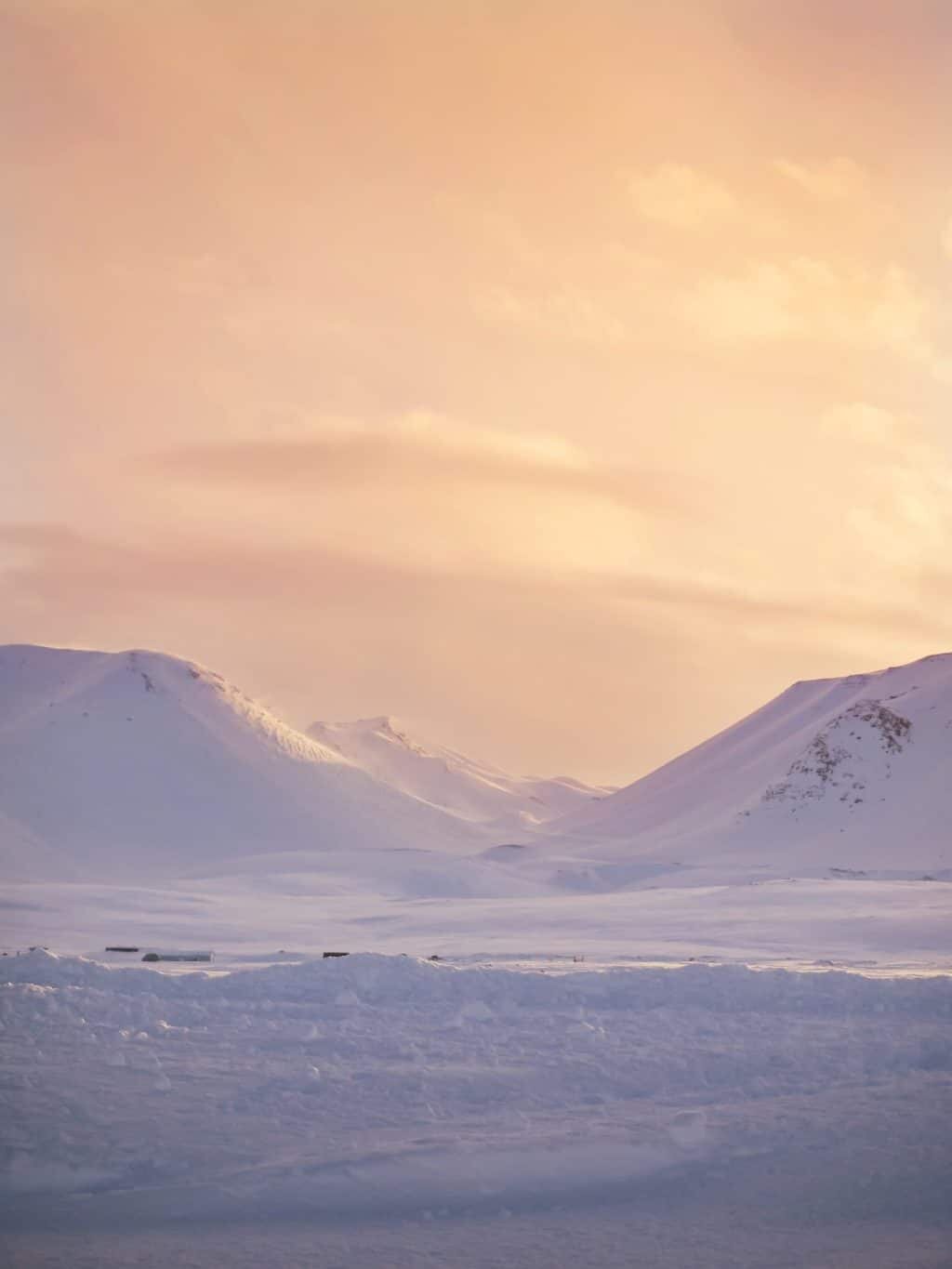
Location: South East of Reykjavik Settings: ISO 400, F/2.8, 1/8000sec exposure, 40mm focal length Lens: Olympus M.Zuiko Digital ED 12-40mm f/2.8 PRO Lens
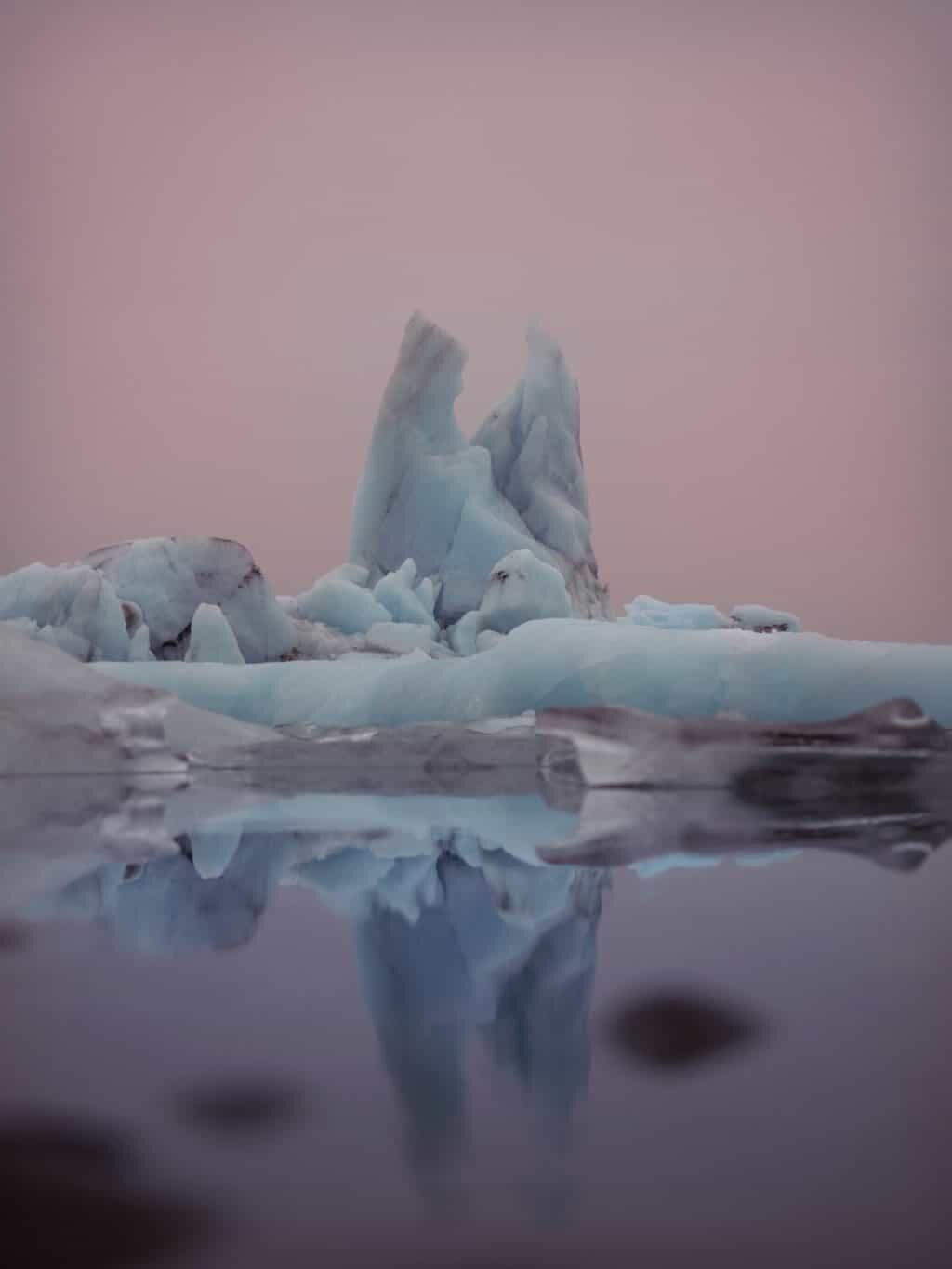
Location: Jökulsárlón Glacier Lagoon Settings: ISO 200, F/2.8, 1/100sec exposure, 36mm focal length Lens: Olympus M.Zuiko Digital ED 12-40mm f/2.8 PRO Lens
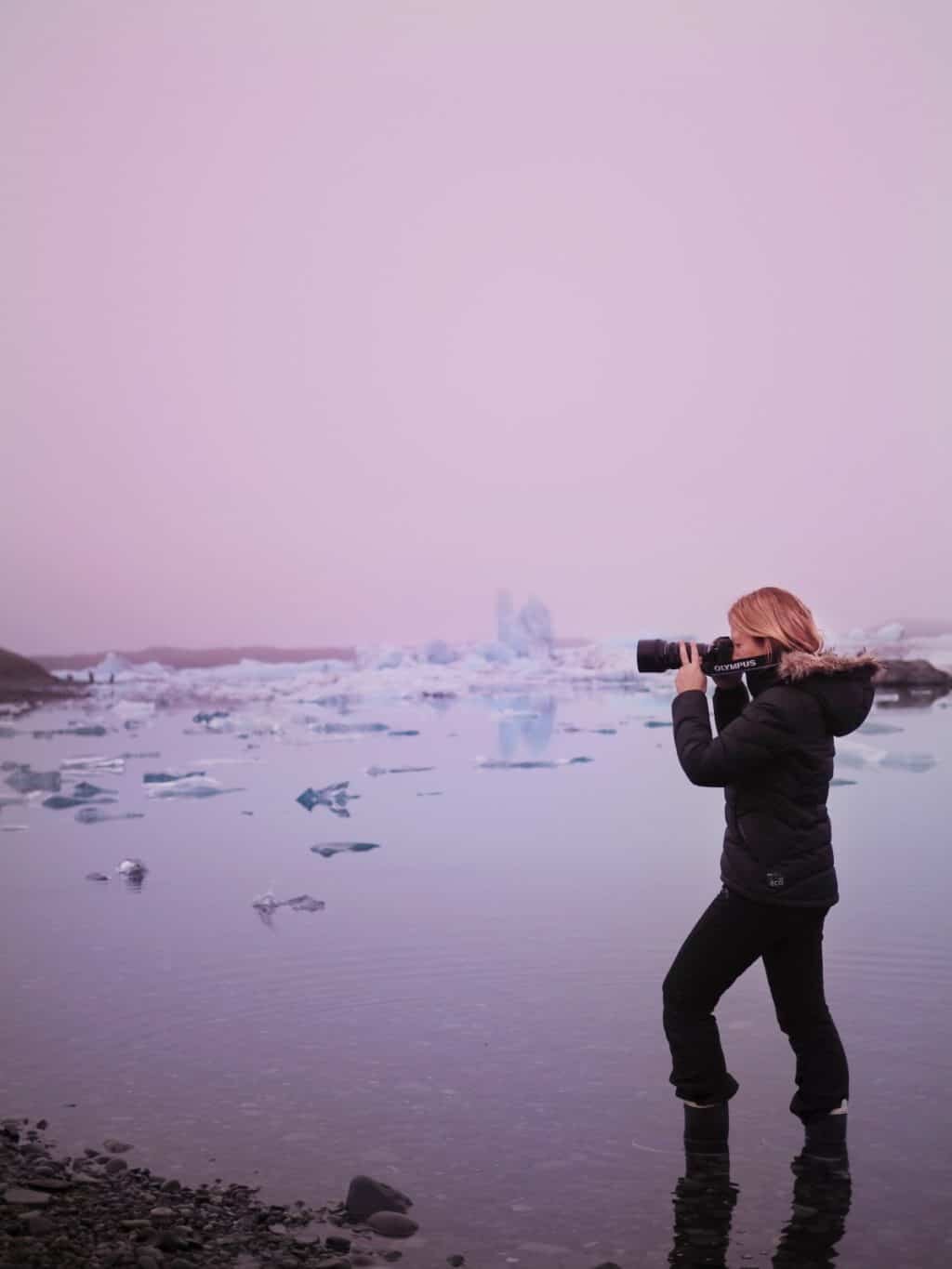
Location: Jökulsárlón Glacier Lagoon Settings: ISO 200, F/1.8, 1/3200sec exposure, 25mm focal length Camera + Lens: Olympus OM-D E-M10 Mark II with Olympus M.Zuiko Digital ED 25mm f/1.8 Lens
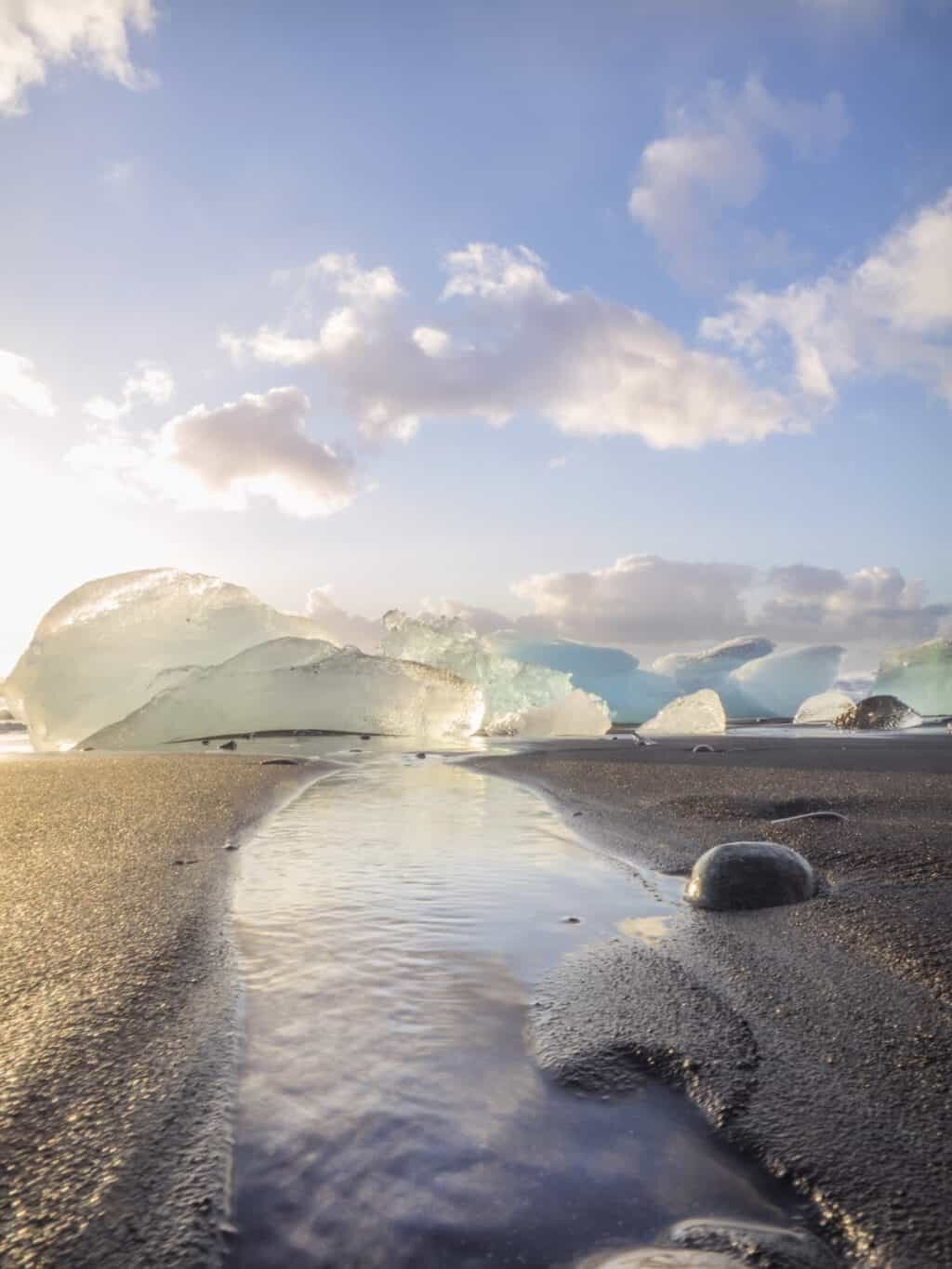
Location: Diamond Beach, Iceland Settings: ISO 64, F/18, 1/15sec exposure, 12mm focal length Lens: Olympus M.Zuiko Digital ED 7-14mm f/2.8 PRO Lens

Location: Diamond Beach, Iceland Settings: ISO 64, F/3.5, 1/500sec exposure, 12mm focal length Lens: Olympus M.Zuiko Digital ED 7-14mm f/2.8 PRO Lens

Location: Skogafoss Waterfall Settings: ISO 64, F/3.5, 1/500sec exposure, 12mm focal length Lens: Olympus M.Zuiko Digital ED 7-14mm f/2.8 PRO Lens
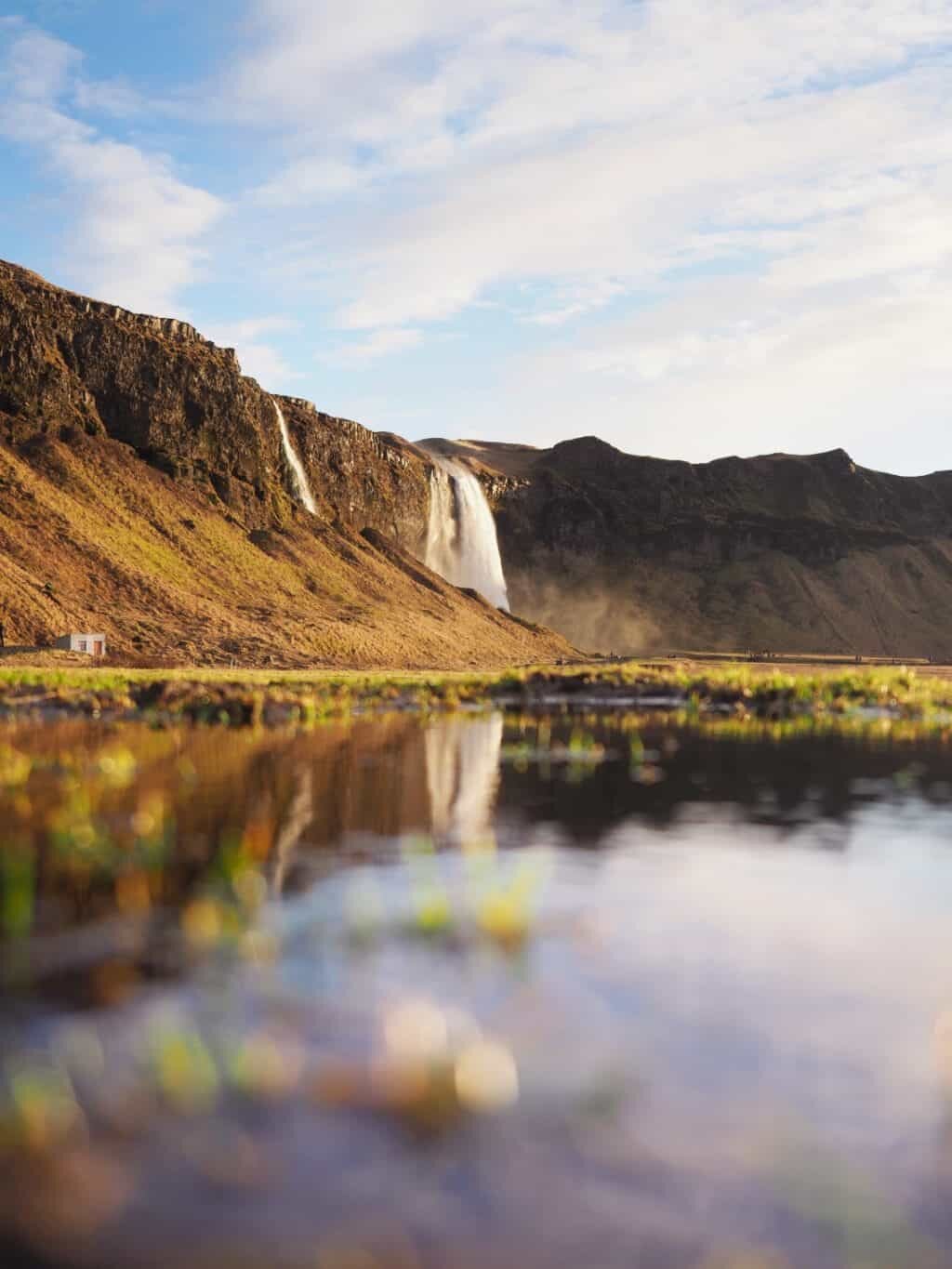
Location: Seljalandsfoss Waterfall Settings: ISO 200, F/2.8, 1/1250sec exposure, 23mm focal length Lens: Olympus M.Zuiko Digital ED 12-40mm f/2.8 PRO Lens

Location: Reynisfjara, South Coast Settings: ISO 400, F/2.8, 1/8000sec exposure, 150mm focal length Lens: M.Zuiko Digital ED 40-150mm f/2.8 PRO Lens

Hello! I’m the founder and photographer behind The Wandering Lens.
With 19+yrs experience as a professional travel and landscape photographer, all advice found on this site is from my personal experience, or that of contributors, on the road. I hope it’s useful for your own travels and would love to hear in the comments about your trips and experiences around the world.

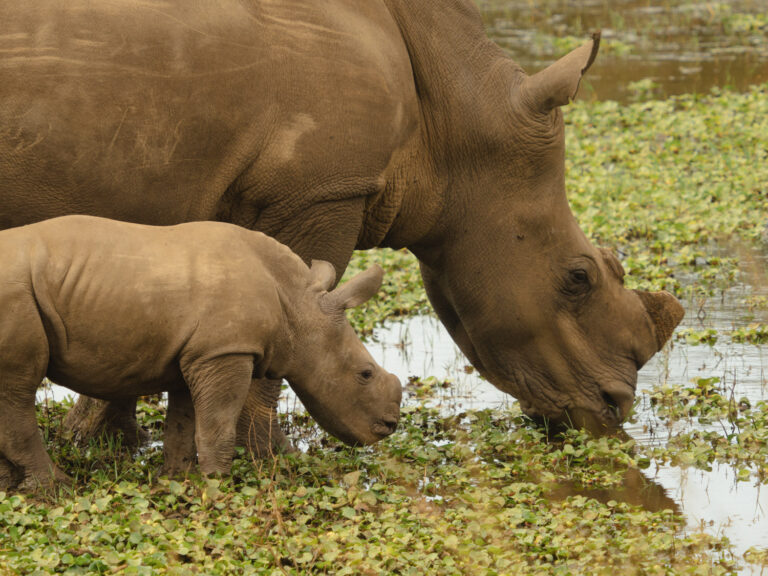
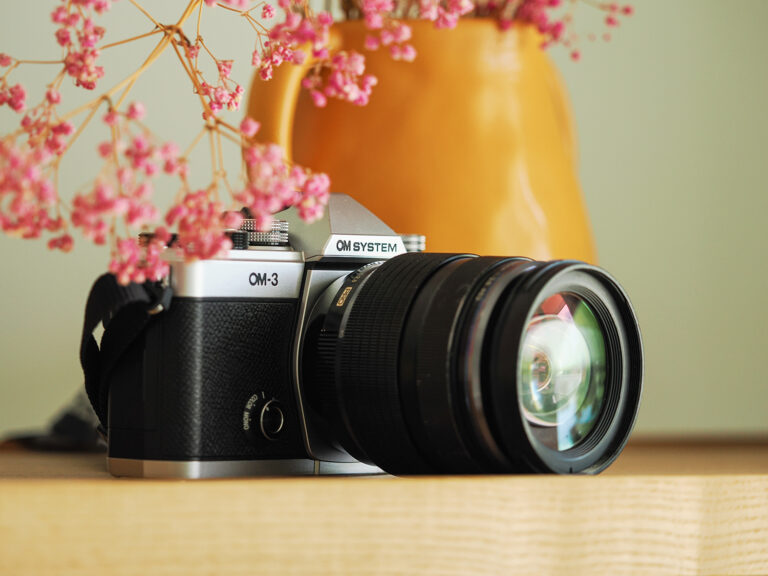
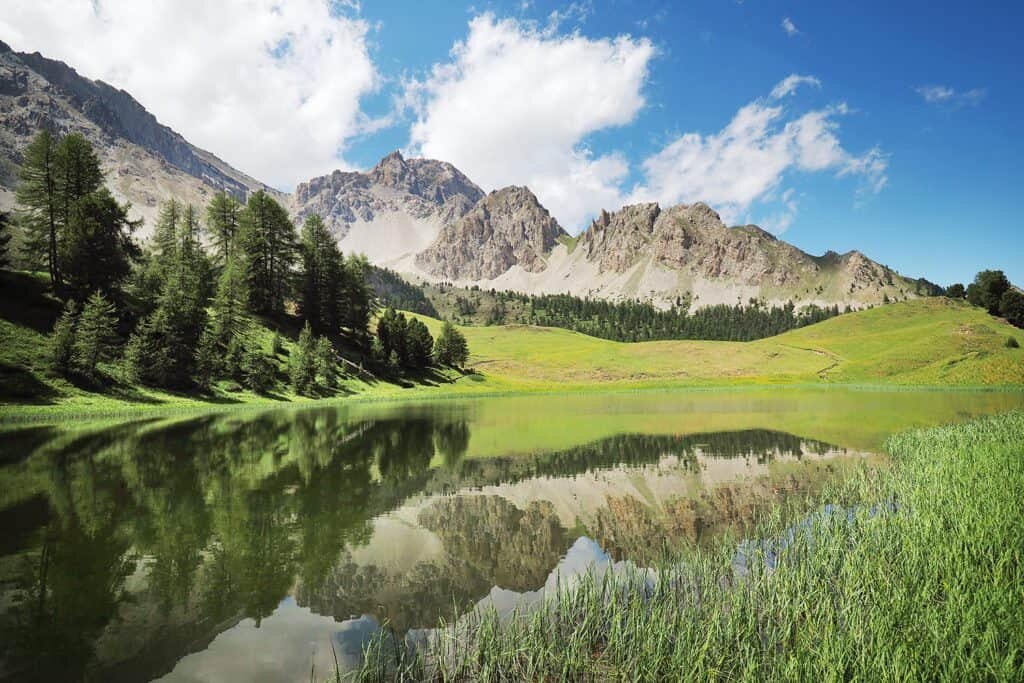
Blog Comments
Benjamin Trudeaux
March 31, 2017 at 10:14 am
Beautiful photos, it’s great to see your style hasn’t changed. Iceland always delivers!
thewanderinglens
March 31, 2017 at 12:44 am
Thanks so much Benjamin, I was so happy with the results and that I could still capture my pastel colours 🙂
Markus Bolliger
September 20, 2017 at 9:44 pm
Thank’s a lot for this very instructive report, Lisa!
But did you never miss the advantages of a larger sensor, especially in critical light?
I am also thinking about changing horses, leaving my full frame Sony A7*-system and going to the more practical and more rugged mFT-system of Olympus, but will I not be disappointed by the image quality (dynamic range, colour rendition, noise in the shadows)?
Looking forward to hearing more of your experiences, and suggestions,
Markus
Lisa Michele Burns
January 18, 2018 at 1:58 pm
Hi Markus,
Thanks for your message and apologies for the delayed response.
To be honest, I haven’t missed anything about my old Nikon DSLR system. The RAW files of the Olympus are more than suitable in terms of image quality and have allowed for my usual amount of post processing without any issues.
I’ve also been using the camera in low light conditions and haven’t experienced any problems. I’m a big believer in photography being more than just the equipment you use so once you find a camera you’re comfortable using, it’s just a matter of making it work for your style of photography.
I hope that helps in your decision a little!
Lisa
Dave
November 1, 2017 at 5:26 am
What type of waterproof boots do you have?
thewanderinglens
November 13, 2017 at 7:27 am
They’re just gumboots I got from a supermarket in Iceland 🙂